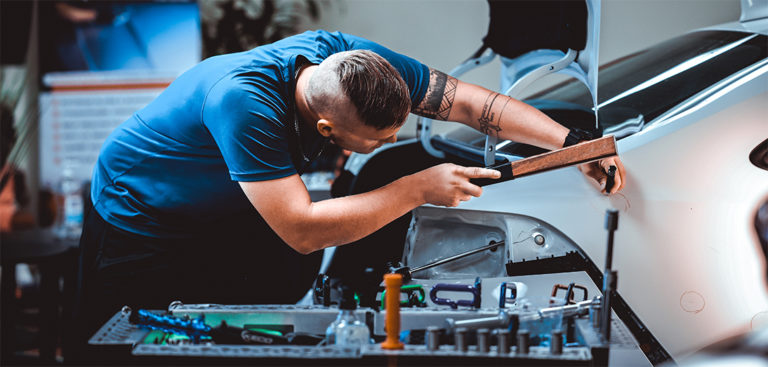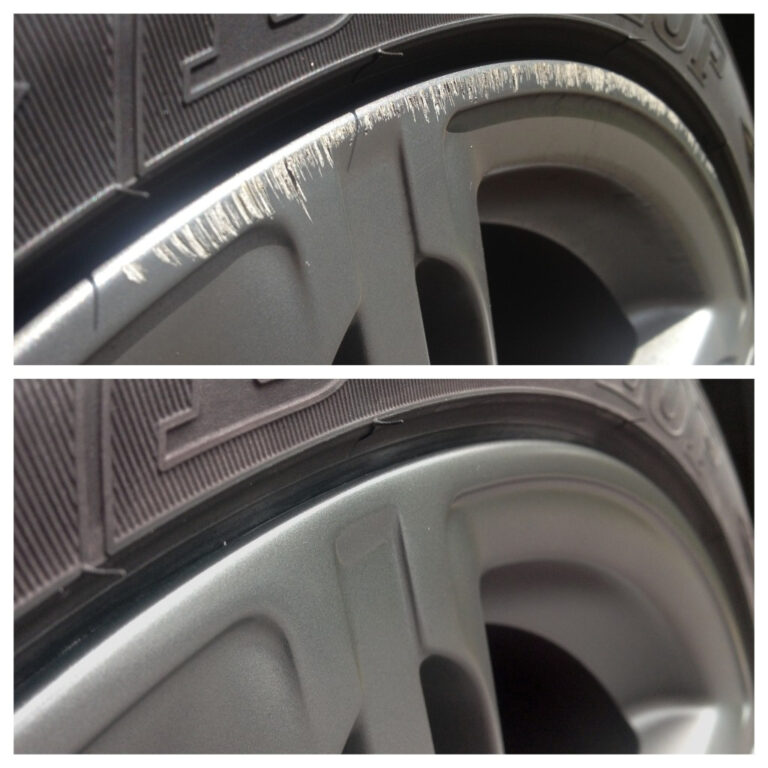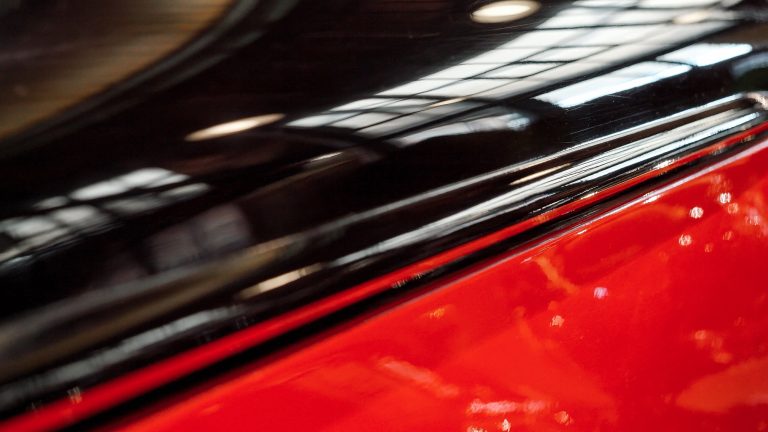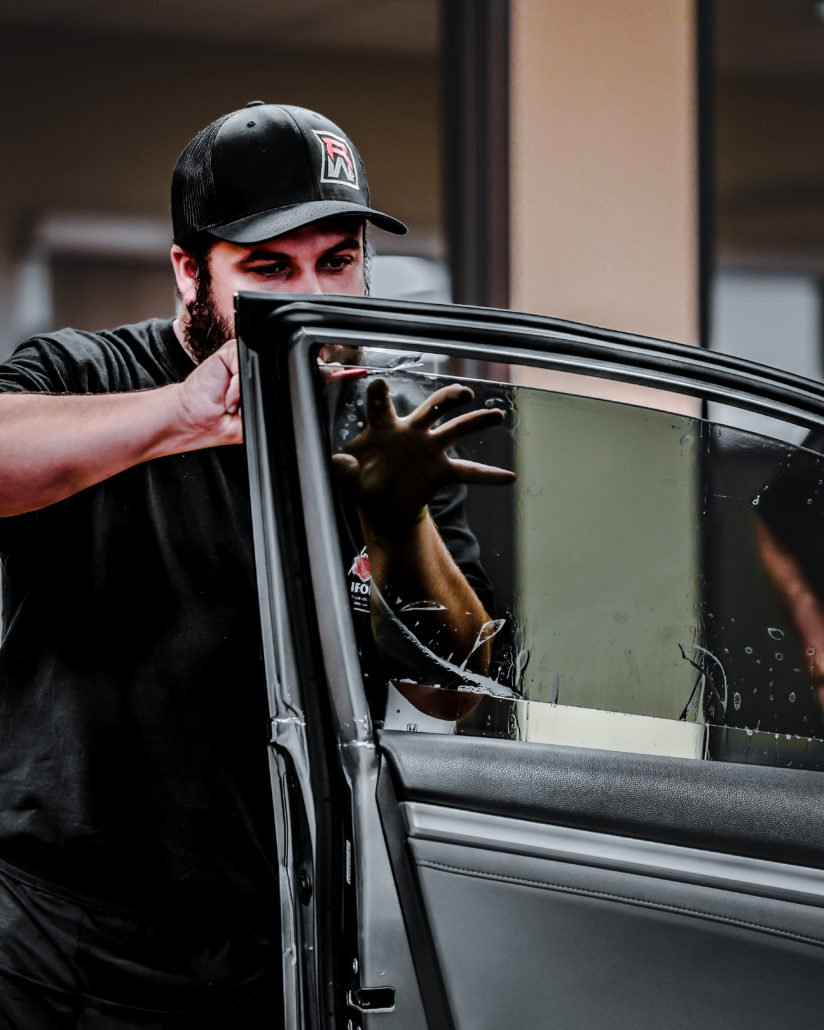Top 5 Mistakes Beginner Window Tinters Make and How to Avoid Them
Starting in the window tinting business can be an exciting journey, but it’s also one fraught with potential pitfalls. Here are the top five mistakes beginner window tinters often make and how to avoid them, ensuring a smoother path to success and the ability to charge higher rates for your installations.
1. Choosing the Wrong Materials
Mistake: Many beginners opt for cheaper, low-quality films thinking it will save them money. However, inferior materials can lead to bubbling, peeling, and discoloration, which can ruin the tint job and your reputation.
Solution: Invest in high-quality window films from reputable suppliers. While the upfront cost is higher, these materials are easier to work with and provide better results, which will impress clients and reduce the likelihood of costly redos.
2. Poor Surface Preparation
Mistake: Skipping or rushing through the cleaning process can lead to dirt, dust, and oils getting trapped under the film, causing bubbles and poor adhesion.
Solution: Take the time to thoroughly clean and prep the windows before applying the tint. Use a quality glass cleaner and lint-free cloths to ensure a spotless surface. Patience in preparation pays off in the final result.
3. Inaccurate Measurements and Cuts
Mistake: Misjudging measurements or making imprecise cuts can lead to ill-fitting film, which looks unprofessional and can lead to customer dissatisfaction.
Solution: Measure twice, cut once. Use a sharp blade and a steady hand to make precise cuts. Consider investing in pre-cut film kits, especially when starting out, to ensure accuracy and save time.
4. Improper Application Techniques
Mistake: Applying the film incorrectly, such as not using enough slip solution or failing to smooth out air bubbles, can result in a poor finish.
Solution: Practice makes perfect. Ensure you have a generous amount of slip solution to allow for adjustments. Use a quality squeegee to smooth out bubbles and wrinkles, working from the center outward. Watching tutorial videos and attending workshops can also improve your technique.
5. Underestimating Drying Time
Mistake: Removing the final protective layer too soon or exposing the tint to adverse conditions (like rolling down the windows) before it has fully cured can damage the installation.
Solution: Follow the manufacturer’s recommendations for drying and curing times. Advise your clients on proper care during this period, such as avoiding rolling down windows for at least 24-48 hours after installation.
By avoiding these common mistakes, you can enhance the quality of your work, leading to satisfied customers and the ability to charge higher rates for your expert installations. Remember, quality craftsmanship and attention to detail are key to success in the window tinting business.





